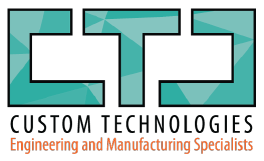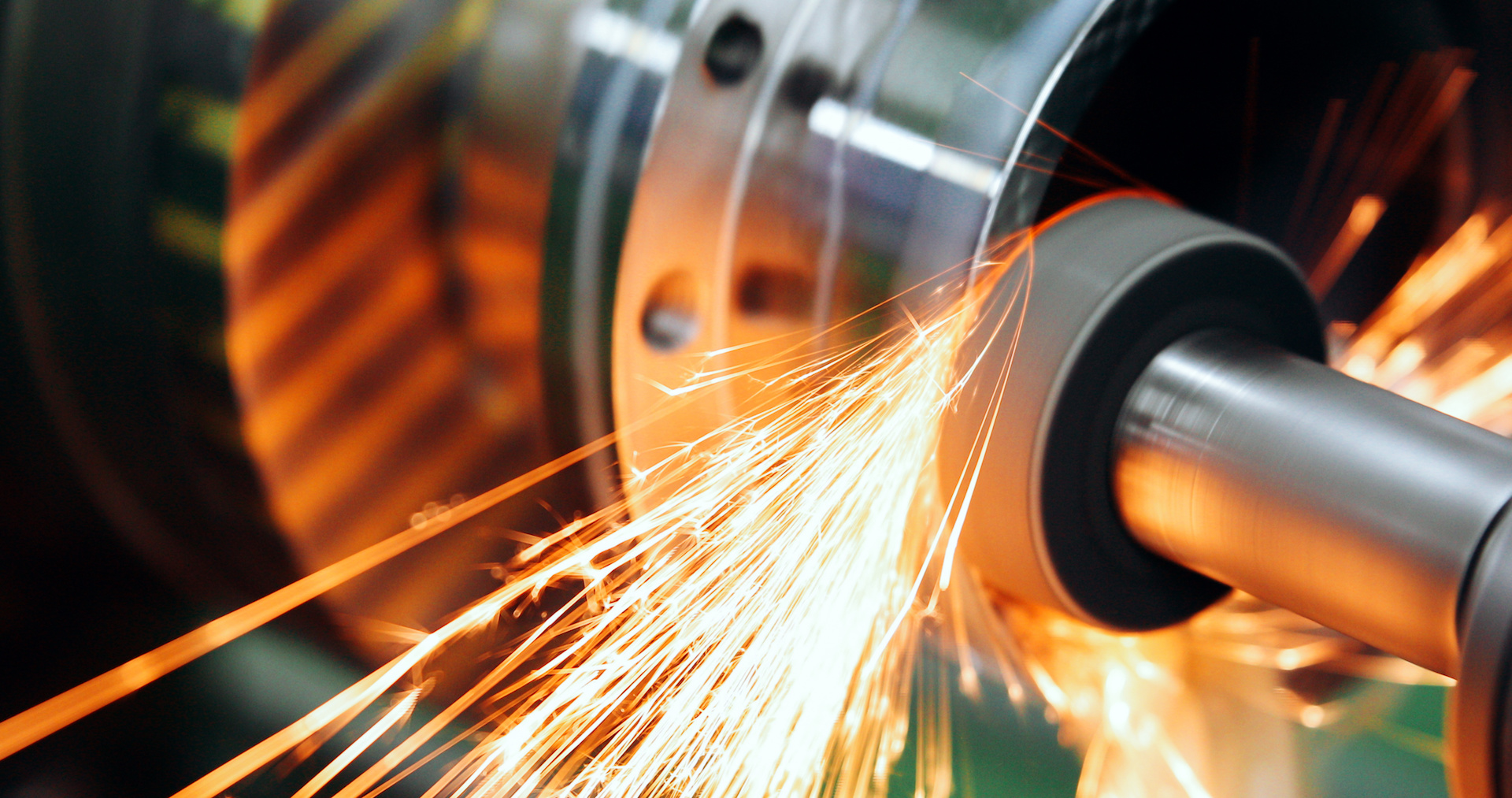Welcome to the world of manufacturing – a place where ideas are thought up, shared, and created. There are many techniques to learn in this exciting place and there’s no shame in being unfamiliar when you first get started. That’s why we’re introducing you to one of our many areas of expertise, machining. Specifically, we’ll dive into how CNC machining works:
What is CNC Machining?
Computer numerical control (CNC) machining is a process where computer software is programmed to directly control machines used throughout manufacturing. Many different types of machines can be controlled via computer, including milling machines (coordinate-based linear movements), lathes (rotary movements), laser cutters, and others. Essentially, the CNC process takes the place of humans turning the cranks, and brings the end-product possibilities to an ever-increasing level of complexity.
How It Works
Each tool in a CNC system serves its own purpose, but they all follow orders that stem from their programming. Think of robots, which can perform multiple tasks at the exact same time. All programming comes from code that is written by programmers and can be altered at any time. That means CNC machining does exactly what you want it to do, with high repeatability.
Multi-Axis Movements
Most machines, whether or not they are CNC-controlled, move via axis-based movement which can often be categorized as rotary or linear. A rotary axis provides circular movement, allowing for quick and precise rotations. A linear axis allows for movement in a straight line from one point to another. CNC machines can move across multiple axes simultaneously, which is something human operators just cannot do with consistency or accuracy. Imagine trying to machine a contoured surface in three-dimensional space with a milling machine. Traditionally, one crank might move the machine’s tool up and down, while another one might move it side to side. Yet a third crank would move the tool front to back. Three-dimensional space, with three separate cranks. Human operators, before the days of computers, were only able to turn one crank at a time. In this pre-CNC era, trying to machine a complex, contoured surface by hand would be like trying to pat your head while rubbing your belly – only much more difficult!
The Continuing Evolution of CNC Machining
The first CNC milling machine was created in 1952 by Richard Kegg. Since that time, advancements made to computer software have been significant and older technology that once seemed quick now moves at a snail’s pace. Even a CNC machine from five years ago can be considered outdated. With today’s CNC technology, machines can do amazing things that would previously have been impossible with a human turning the cranks. The most modern machines today have multiple axes of mixed types that can all operate simultaneously – some parts of the machine move linearly, while others move rotationally, and it is all happening in tandem.
Custom Technologies’ State-of-the-Art Machines Isn’t manufacturing magnificent? That’s especially true when you partner with Custom Technologies. Our machine shop has an incredible breadth, including our state-of-the-art mixed-axis Mazak CNC machines. We’re also dynamically versatile, having worked with a wide range of industries. Trust in us to provide in-house manufacturing, saving you time, effort, and cost. For more information, visit customtechnologies.com or contact us at 573-756-1433.


